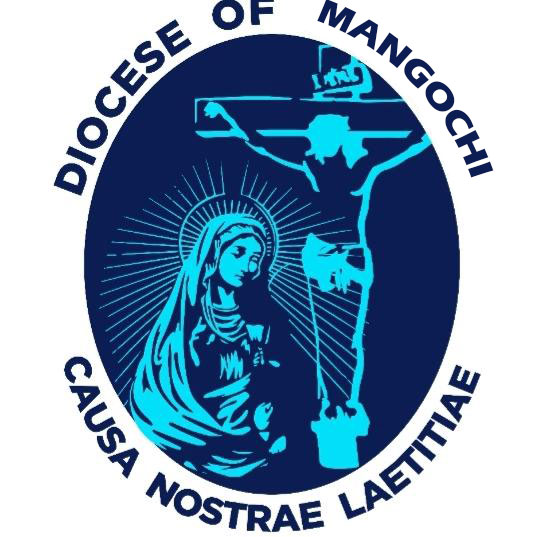Combating GBV down the Shire Valley
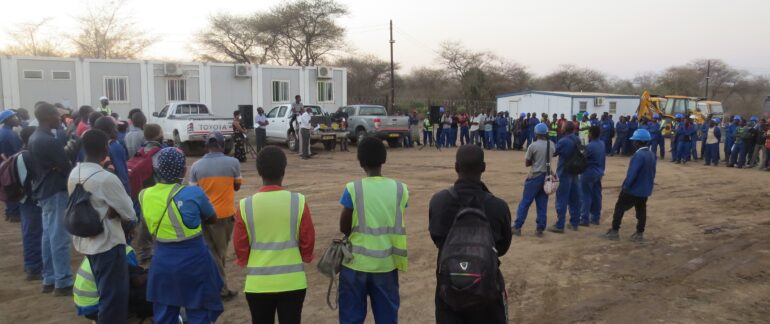
Combating GBV down the Shire Valley
On 11 March 2020, government launched a multi-billion-kwacha Shire Valley Transformation Programme (SVTP-1).The programme was launched with an overarching goal of amplifying agricultural commercialisation in Mangochi and Nsanje districts. Coming in a costume of a 6-kilometre-long canal: decked out of Mangochi in its first phase, the programme is mounting a gravity aided irrigation scheme which would meander around the two districts. To that end, SVTP-1 comes as a complete overhaul to the agricultural sector. It will boost local exports. Industrialisation will stride-in fast and urbanisation will likely surge. More precisely, it will change the lives of the local people there and give the whole shire Valley a different look. From a broader view, Malawi will thump an extra mile towards its social economic stardom.
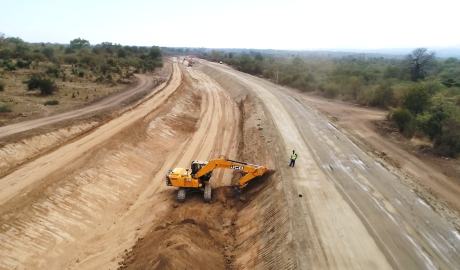
But as the Canal takes shape at a wind speed, the influx of migrant labourers into Mangochi was at first a cause for worry. Local authorities yawned at the associated risks of major civil works. They also feared the shortcomings of an upsurge of micro economic activities in the area. One anticipated bottleneck was the potential rise of Gender Based Violence (GBV). How pessimistic they could be, their fears were understandable. It was based on precedents. There have been cases in Malawi, the lower states inclusive, where civil works projects were plagued with GBV cases. Some were even halted. Indeed, there are wide concerns that major civil works usually yield potential adverse social effects.
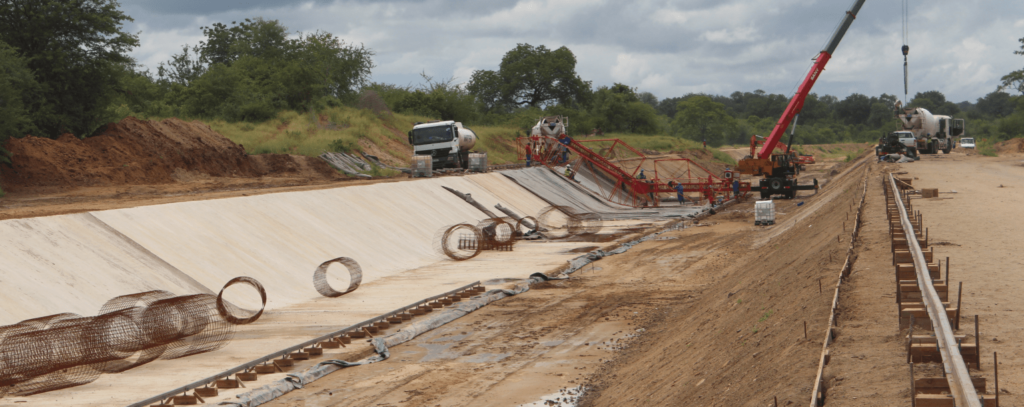
Conduril, the contractor for the construction of the canal, has flocked over 200 migrant workers to the impact area. It has also hired over 140 local people, bringing the total employment toll to over 350. This labor influx and the eventual upsurge of micro economic activities, can raise the stakes for GBV, especially among vulnerable populations. Coincidentally, the SVTP is being implemented in a locale where a majority of the people live below the poverty line. They are prone to flooding and were recently desolated by the Cyclone Idai aggravated effects. It is therefore likely that the local people could be susceptible to various forms of GBV.
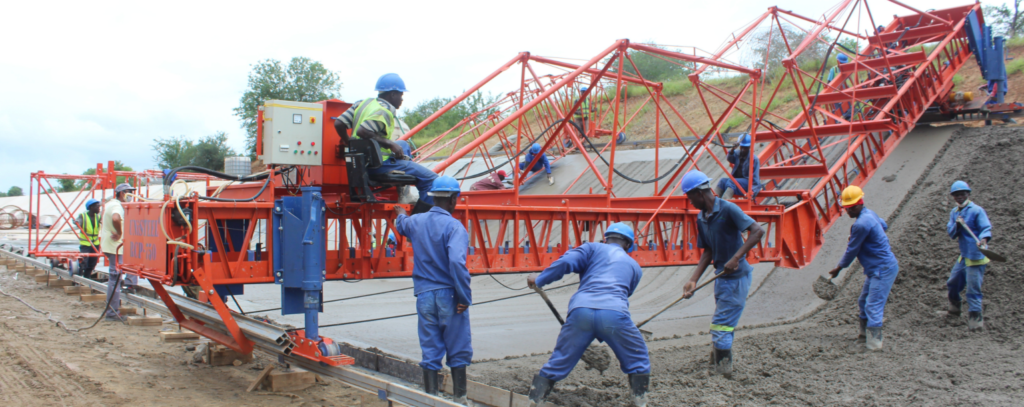
It is against this backdrop that the Catholic Commission for Justice and Peace has been implementing various interventions in order to intensify sensitization for prevention and reporting of GBV cases in the SVTP-1 impact area. Identified as a GBV service Provider, CCJP has been strengthening community and district mechanisms that can scale up surveillance, lead GBV case management, and streamline provision of post remedial care to GBV survivors. They target Traditional Authorities Kasisi, Ndakwera, Katunga and Maseya.
By employing a holistic approach, CCJP has for the past eight months been engaging various groups of people. These include, religious leaders, Area Development Committees, mother groups, chiefs, district Gender Technical Working group and many others. These are opinion leaders who are quite adept at raising sensitization within their communities and lead case reportage. Fortunately, they have been collaborative. Pastor Kachenje is a leader of a consortium of religious leaders in Mangochi and has often confirmed the significance of relying on opinion leaders.
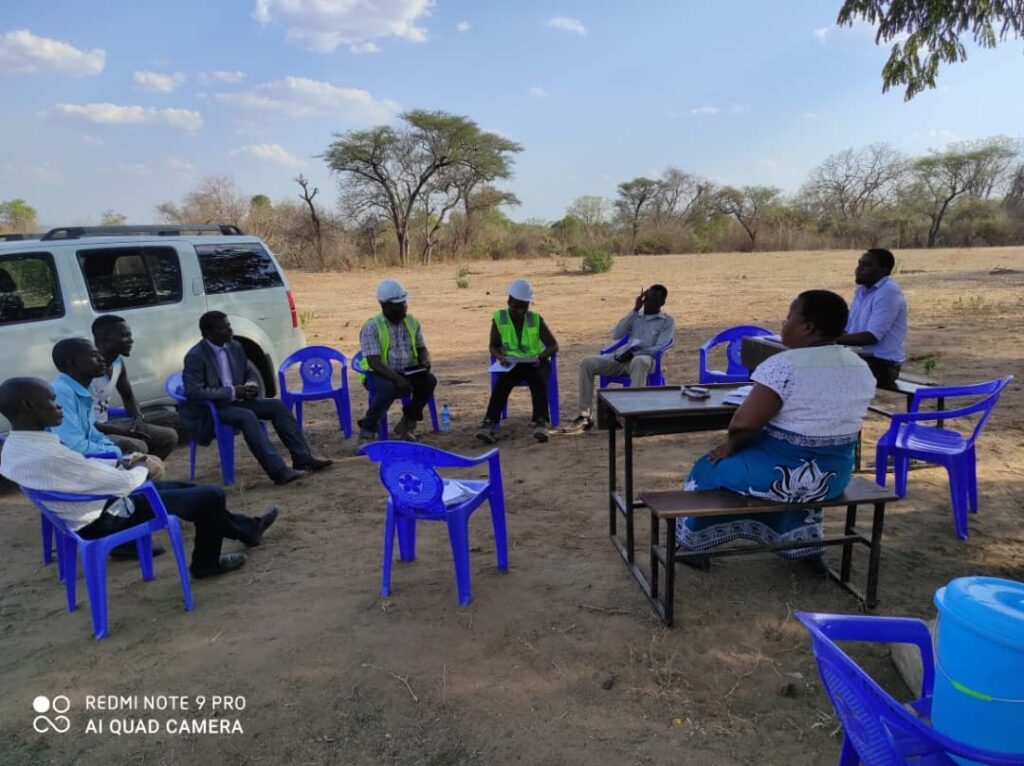
“Religious leaders and other opinion leaders have always shaped public perception. we have seen this in the political world and social behaviour change interventions. On our part, we have made a significant contribution in raising awareness through our churches; about the under-construction Canal and its potential risks, especially with regards to the issue of GBV. The significance of our collaboration with CCJP cannot be overemphasized”
The Service Provider has also championed other initiatives including mobile van sensitizations, community engagement and awareness raising through IEC materials.
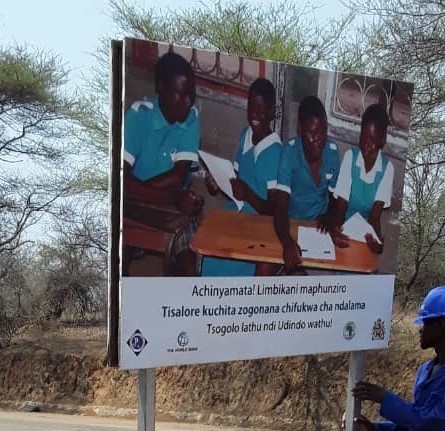
At the core of their interventions, CCJP trained 95 GBV champions who have already triggered community response to risks and GBV cases. In their assigned task, the GBV champions collaborate with existing structures like Community police fora and community leaders in handling cases at community level. They also conduct community sensitization. In addition, the GBV champions were also given Mobile Phones which they use in reporting any arising cases to relevant authorities, including the Police and District Hospital Authorities-who happen to be key stakeholders in the project.
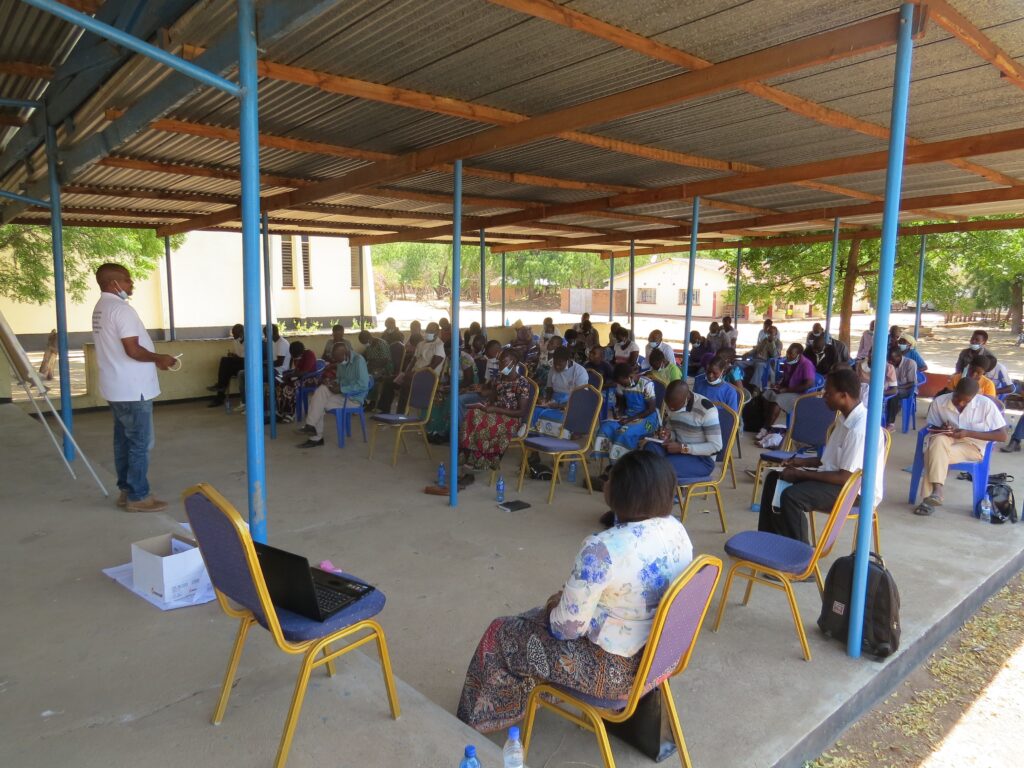
In an attempt to enhance coordination at district level, CCJP has been providing support to the District One stop Centre (OSC). The OSC is a special facility at the district hospital set out to assist survivors of any GBV case. Before the commencement of the project, the facility was plagued with lack of coordination among key players. It was also devoid of external support. It was to an extent docile and ineffective.
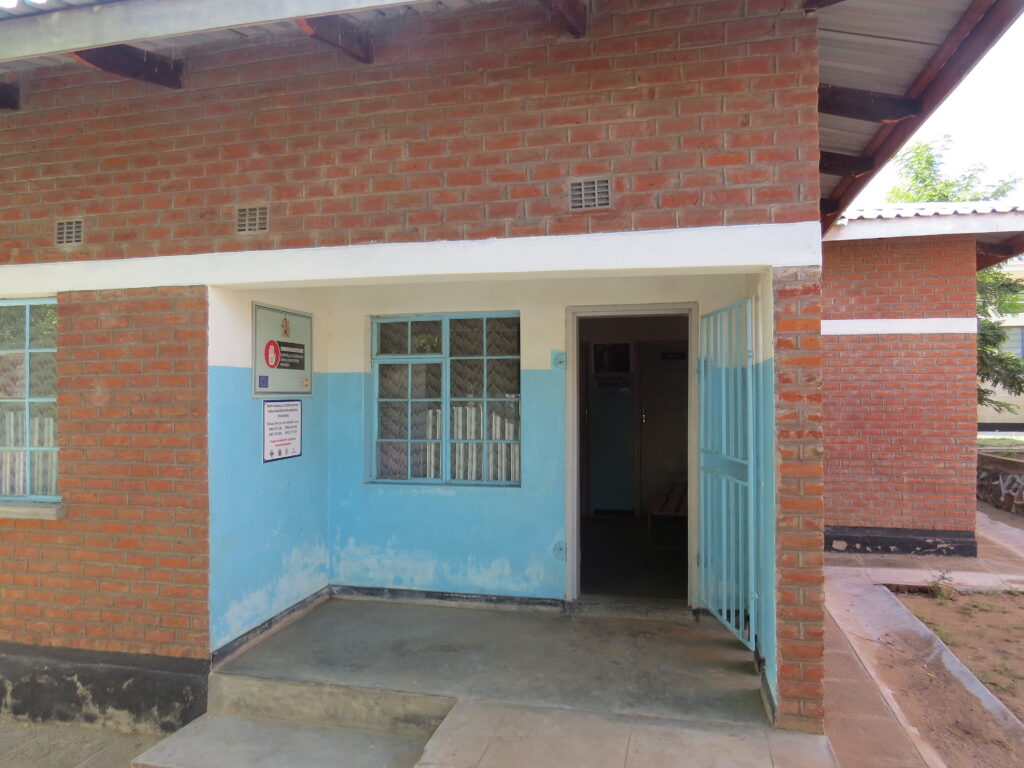
But CCJP set the facility as a priority. They firstly held maintenance work at the facility before establishing a special committee. The committee comprised of the Police, Judiciary, District Health Office, Education, and social welfare Office. These stakeholders meet every month to share reports and deliberate on how reported cases can be pursued collaboratively. They discuss strategies through which the OSC can become a model of its kind.
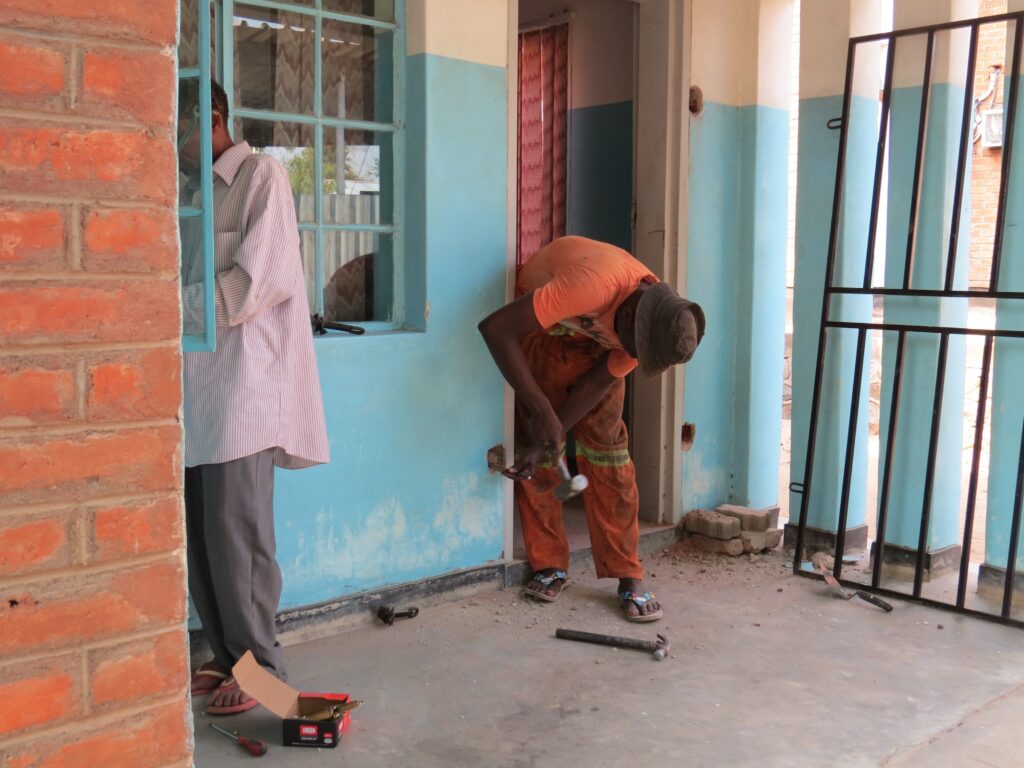
So far there is much progress. Coordination among key players has improved massively. There is a pathway through which any reported case reaches the palms of every stakeholder; coupled with instant communication amongst them.
By the same token, another key priority area is the regular engagement with construction workers. Over 300 construction workers have been a key target of sensitization meetings, feedback sessions, and GBV posters placed around camp. To that effect, CCJP has accelerated its exposure to the workers and raised GBV awareness amongst the same.
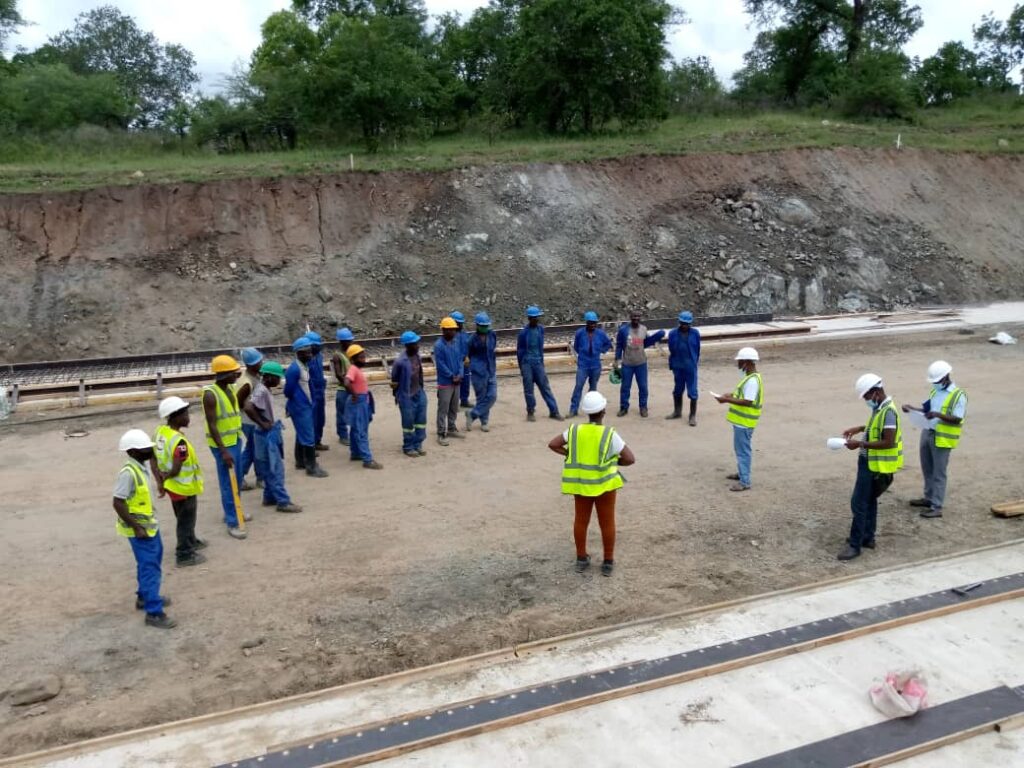
Since the commencement of CCJP’s service provision project, there is no serious GBV case which has been reported against a Construction worker, a development which is delighting. Manuel Kamata is one of the wokers and was quoted saying;
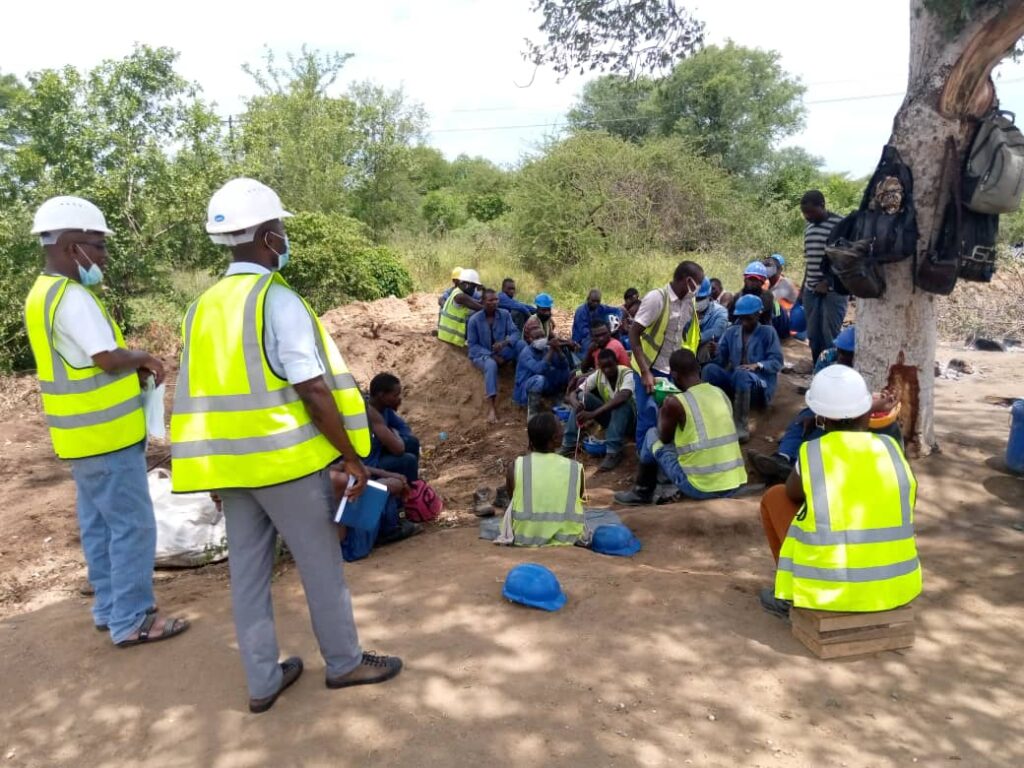
“we have been consistently engaged and warned against perpetrating any forms of GBV which include sexual abuse and child exploitation. Most importantly, we now know how the financier of the whole Programme, the World Bank, is serious with these things. We may lose our jobs, get arrested and perhaps compromise the whole programme. For that reason, I cannot get involved in any of the mentioned acts”
The risks for the occurrence of GBV still remain. CCJP continues with its mission of making sure that the SVTP-1 surrounded areas are not negatively affected as the canal takes shape. Through its Coordinator, Lewis Msiyadungu, it has made a pledge to further strengthen circles of influences in order to secure GBV prevention, reporting and mitigation.
